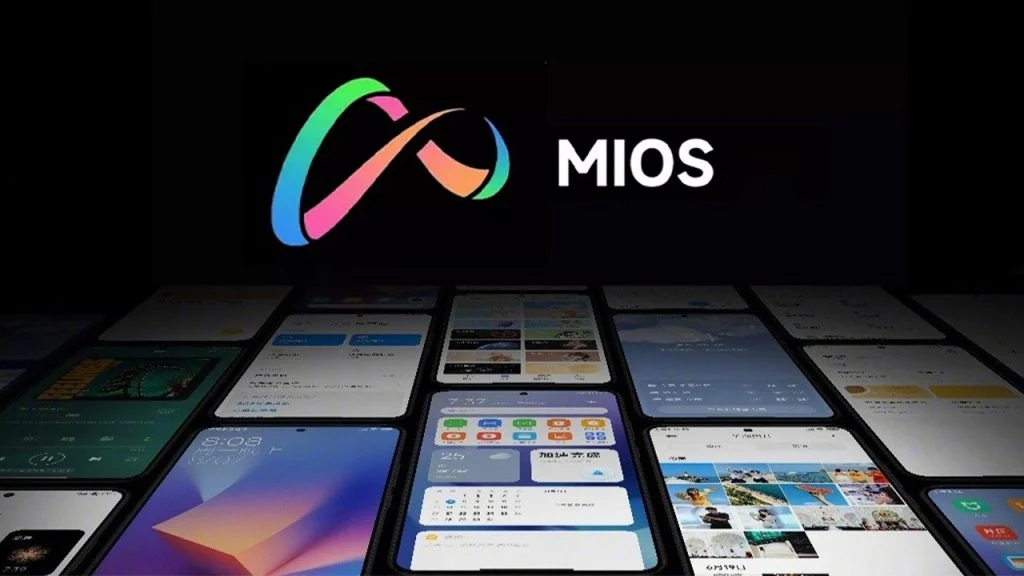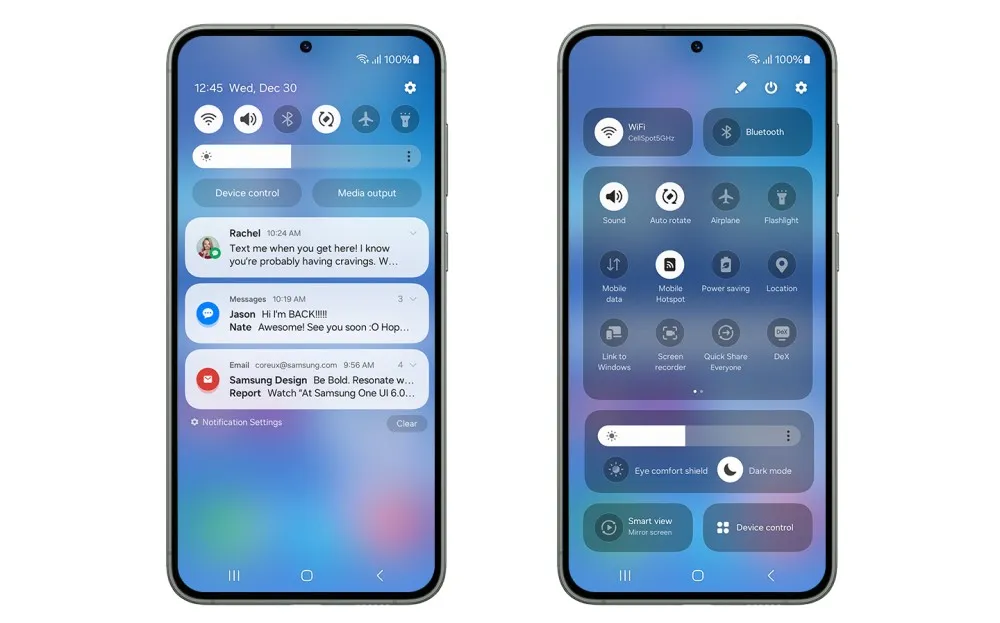Google Unveils VideoPoet: Revolutionizing Video Generation
Google has revealed VideoPoet, an innovative large language model (LLM) that is transforming the landscape of video generation. VideoPoet stands out by excelling in creating coherent large-motion videos with minimal artifacts, departing from its predecessors. This cutting-edge model is equipped to handle a variety of video generation tasks, encompassing text-to-video conversion, image-to-video transformation, video stylization, inpainting, and video-to-audio functionalities.
Breakthroughs in Video Generation
VideoPoet distinguishes itself by its ability to produce ten-second-long videos, surpassing its competitors like Gen-2. Notably, this model does not rely on specific data inputs for video creation, setting it apart from models that demand detailed information for optimal performance. With its diverse capabilities, VideoPoet leverages a multi-modal large model, positioning itself as a potential frontrunner in the realm of video generation.
Leveraging the Potential of Large Language Models
In a departure from prevalent trends in video generation models, Google’s VideoPoet shifts away from diffusion-based approaches. Instead, it harnesses the power of large language models (LLMs) to seamlessly integrate a range of video generation tasks within a singular model. This integration eliminates the necessity for separately trained components for each function, resulting in videos that showcase varying lengths, actions, and styles informed by the input text content.
Adaptability and Future Prospects
Apart from generating 10-second video clips from text prompts, VideoPoet demonstrates its adaptability by animating static images based on provided cues. This versatility across various inputs underscores VideoPoet's potential in AI-powered video generation. With the introduction of VideoPoet marking a new era in this domain, it hints at the exciting opportunities that await in 2024.



